Caprock Design + Build Blogs
Buildwise Journal
Caprock Design + Build Blogs
Buildwise Journal
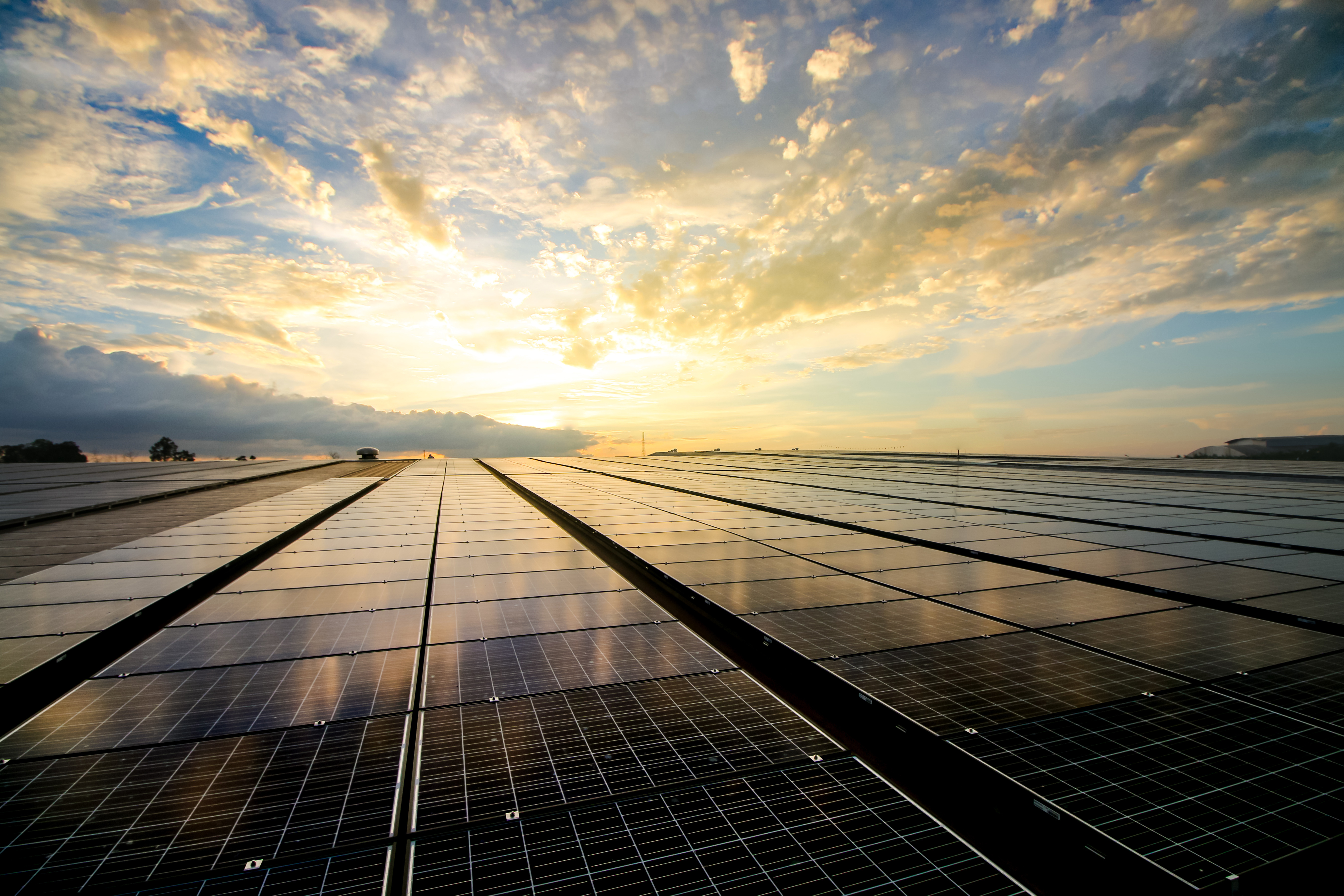
Are Solar Panels Right for Your Home? How to Get an ROI from Your Solar Panel Installation
Implementing energy-efficient practices in your home can save you thousands of dollars in energy costs, while simultaneously preserving your community and the environment. One common strategy is solar panel installation.
But to many homeowners and homebuilders, the cost of solar panel installation can be overwhelming. This begs the question: Are solar panels worth the investment?
Solar energy is a clean, renewable resource that not only reduces your carbon footprint but also offers significant long-term savings. In this blog, we explore the benefits, installation process, and return on investment (ROI) of solar panels in high-performance homes.
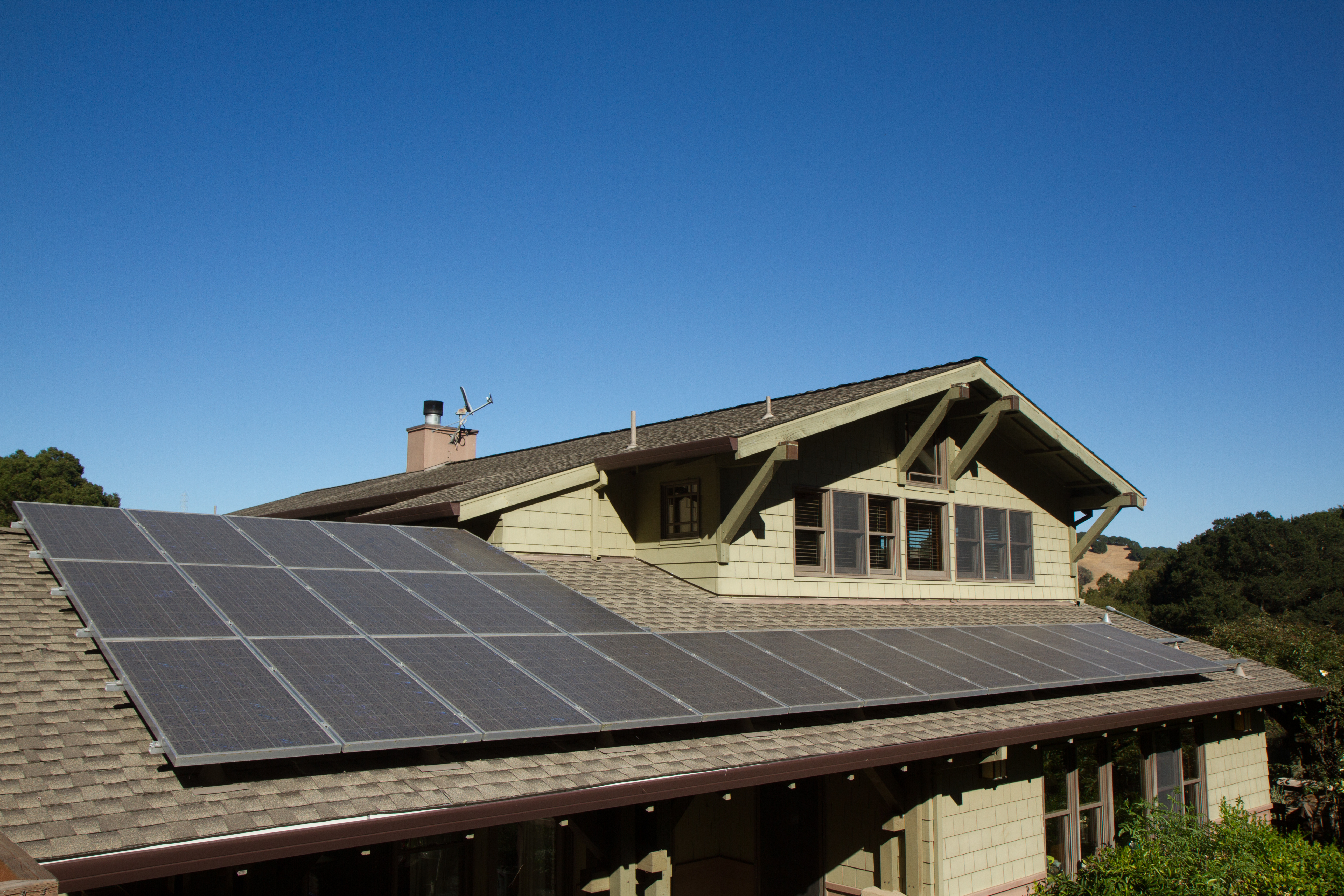
The Benefits of Solar Panel Installation
1. Reduced Energy Bills
One of the most immediate benefits of solar panel installation is the reduction in electricity bills. By generating your own energy, you can significantly decrease your reliance on the grid, leading to substantial savings.
On average, a 9-kilowatt solar energy system in Texas could save you over $2,000 a year on your energy bills.
2. Environmental Impact
Solar energy is a renewable resource that produces no greenhouse gas emissions. Installing solar panels helps reduce your home’s carbon footprint, contributing to a more sustainable and environmentally friendly future.
Unlike traditional energy sources that rely on fossil fuels, solar energy doesn't produce harmful greenhouse gases and carbon emissions. According to research, the carbon footprint from coal is 18 times larger than solar, and natural gas’s carbon footprint is 13 times larger. This small change can make a big difference in helping the fight against global warming.
3. Energy Independence
Generating your own electricity provides a measure of energy independence. This can be particularly valuable in areas prone to power outages or where electricity prices are volatile.
Texas has its fair share of dangerous, violent storms. From hail to lightning to tornados and high winds, the Panhandle’s crazy weather puts most of us at risk of blackouts.
Combining solar panels with a solar inverter and generator or battery allows you to break free from the grid and generate your own reliable source of energy—even during bad weather. Considering that for most homes, solar panels can provide stable energy for more than 25 years, this can provide your family with peace of mind for years to come.
4. Increased Home Value
Homes equipped with solar panels often have higher property values and are more attractive to buyers. Energy efficiency is a sought-after feature in the real estate market, making solar panels a smart investment.
Some research shows that solar panels can boost your home’s value by up to 4.1%, though this will depend on the real estate market, your neighborhood, and any property tax exemptions solar energy provides in your area.

The Solar Panel Installation Process
Installing solar isn’t as easy as picking up panels from the department store and sticking them on your roof. You’ll need an experienced solar installer to assess your needs, design the best system for your family, and manage the permitting process.
If you decide to go solar, here’s what you can expect from the process:
1. Assessment and Planning
Site Evaluation: A professional installer will assess your property to determine the best location for solar panels, considering factors such as roof orientation, shading, and available space. You can also work with the installer to choose a place that enhances your home’s curb appeal.
Energy Needs Analysis: Your current and projected energy consumption will be analyzed to design a system that meets your needs. Some families need more panels than others to support their energy usage.
2. System Design
Panel Selection: Based on the assessment, the installer will recommend the type and number of solar panels needed for optimal performance. Today, you have a wide range of options to choose from in terms of performance and design. Some panels even come in solid black for a sleek, modern look.
Inverter Choice: Inverters convert the direct current (DC) produced by solar panels into alternating current (AC) used by your home. Choosing the right inverter is crucial for system efficiency. If you want to be independent from the grid, an inverter and an energy storage system (like a battery or generator) is a must.

3. Permitting and Approval
Local Regulations: The installer will handle the permitting process, ensuring compliance with local building codes and regulations. In Texas, these are the solar rights and regulations installers and homeowners have to keep in mind.
Utility Approval: Coordination with your utility company is necessary for grid connection and potential net metering agreements. Xcel Energy offers 3 metered and billing options for home solar panels in Texas: offset, net billing, and independent.
4. Installation
Mounting Panels: Panels are securely mounted on your roof or another suitable location. Unless you try to DIY your installation, your installer will take care of the mounting panels for you.
Electrical Wiring: The system is wired to your home’s electrical system, including the installation of the inverter and necessary safety equipment. Most installers use PVC wiring to string or interconnect each panel together. Parallel stringing is the preferred method of wiring. When you wire your panels in a series, a single shaded panel can reduce the energy flowing through the full string. But with parallel wiring, your voltage remains the same regardless of shade.
System Testing: After installation, the system is thoroughly tested to ensure it operates correctly and efficiently. Your installer will show you how to monitor your solar panels to ensure they continue to work properly and efficiently.
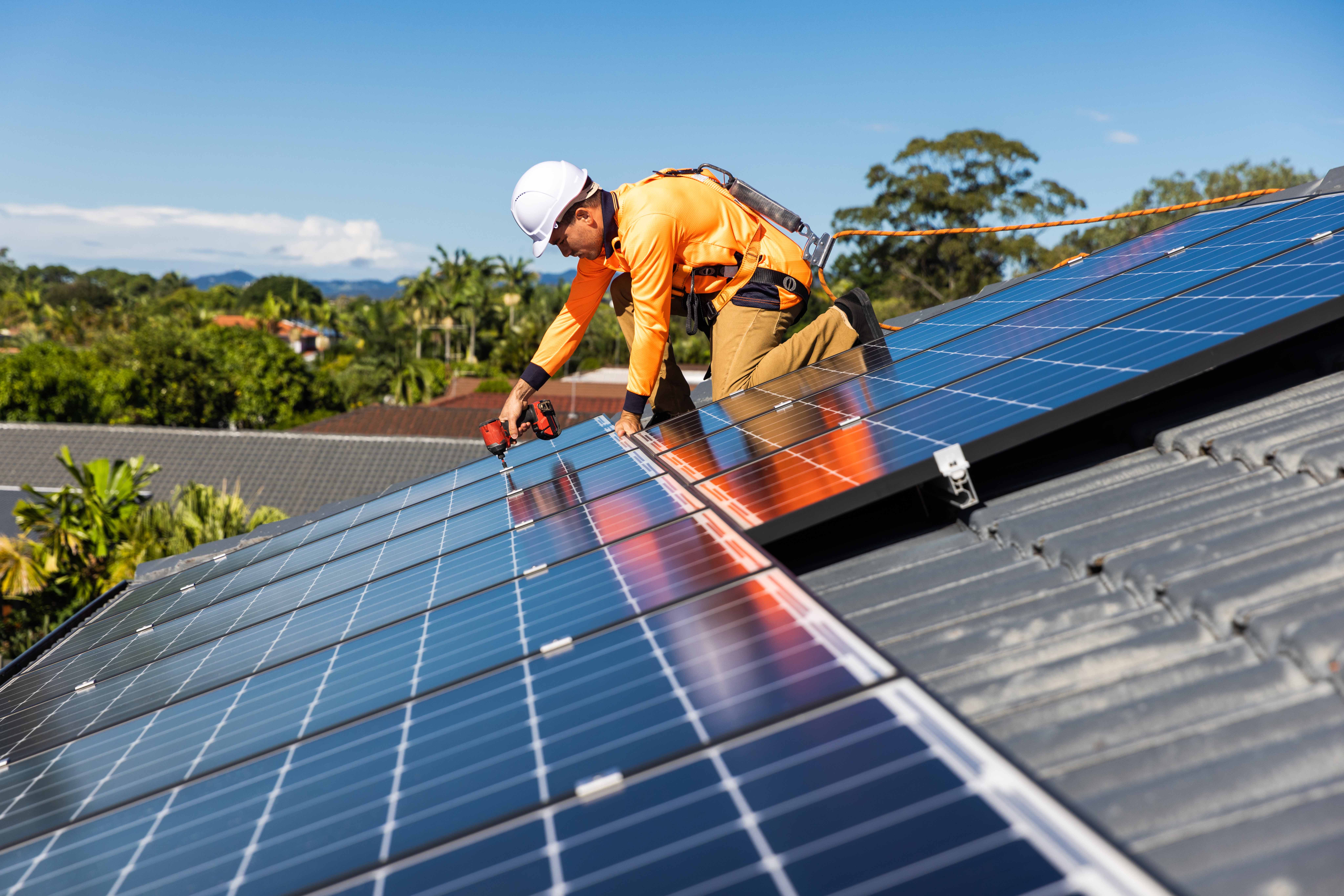
Calculating Return on Investment (ROI)
For many homeowners, the cost of installing solar panels can feel overwhelming. But keep in mind: in many cases, the benefits can outweigh the cost. Below, we’ll explain the most important factors to consider when determining whether solar is right for your home.
1. Initial Costs
System Cost: The total cost of the solar panel system, including panels, inverters, mounting equipment, and installation labor. This cost will depend on the number of panels you need and the installer you choose. Check out this cost breakdown to see how much your out-of-pocket cost could be.
Incentives and Rebates: Federal, state, and local incentives can significantly reduce the initial investment. Programs like the Federal Investment Tax Credit (ITC) can cover a substantial portion of the costs. Texas offers additional benefits for solar energy based on your location.
2. Ongoing Savings
Energy Savings: Once your solar installer gives you an estimate on how many panels you will need, it’s smart to calculate your estimated annual savings on electricity bills. This depends on the system size, energy production, and local electricity rates. This free calculator gives a rough estimate of how much you could save on your energy bills based on your property type, amount of shade, and roof age.
Net Metering: If your utility offers net metering, you can earn credits for excess energy produced, further enhancing savings. You’re eligible for net metering if:
You live in an area where you can choose your electric company
Your utility company is CenterPoint Energy, AEP Texas, Oncor Electric Delivery, or Texas-New Mexico Power
Your utility installed a smart electricity meter
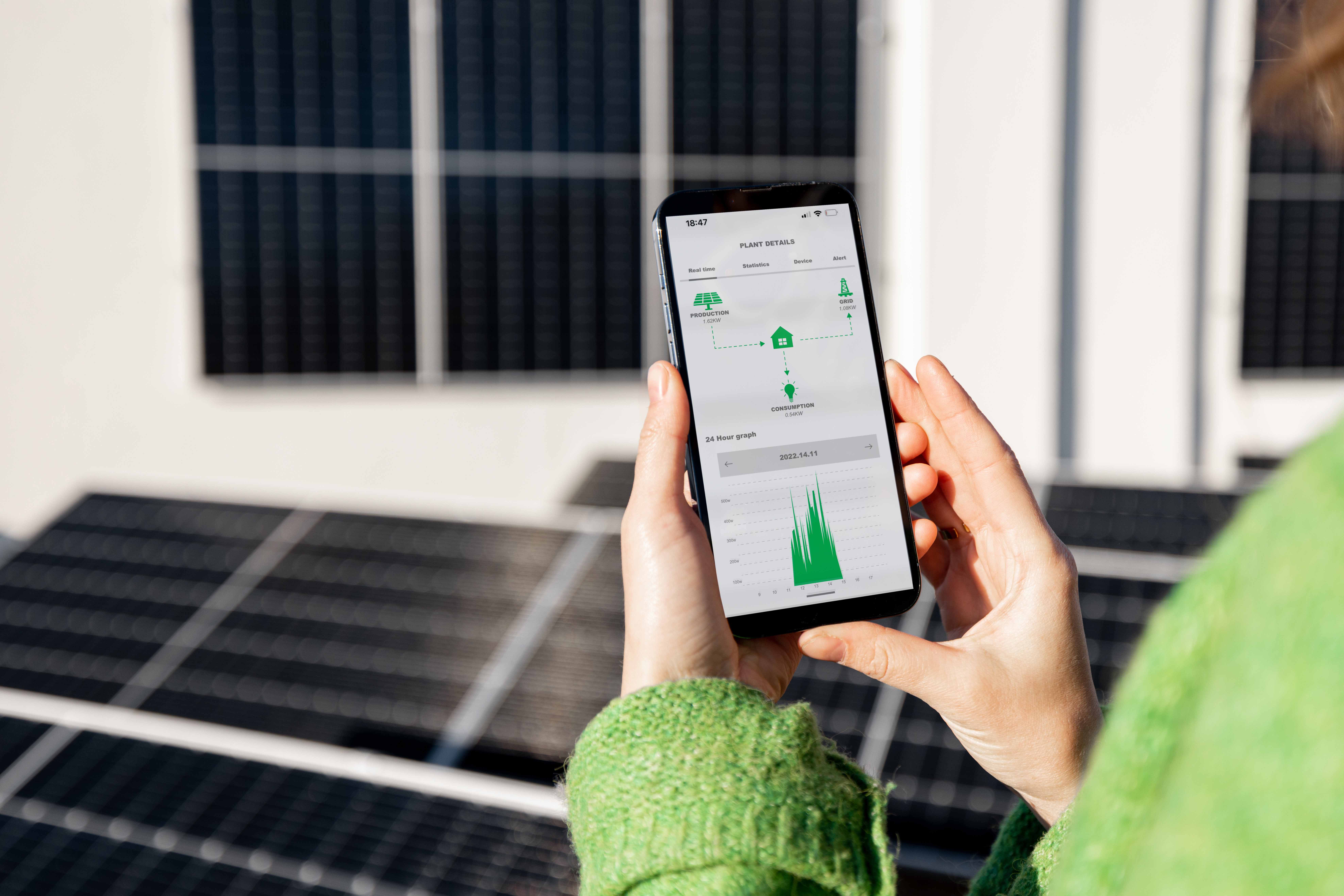
3. Payback Period
Break-Even Point: The payback period is the time it takes for the savings from reduced energy bills to equal the initial investment. Typical payback periods range from 5 to 10 years, depending on various factors. You can determine your specific payback period with this formula: (Total solar system costs - rebates) / Electricity bill savings per year = Payback period in years
4. Long-Term ROI
Lifetime Savings: Solar panels typically have a lifespan of 25 to 30 years. Calculate the total savings over this period to understand the full financial benefit. Keep in mind your payback period, and you’ll be able to determine how many years you will need to live in your home to reap the full benefits of solar energy.
Property Value Increase: Factor in the potential increase in home value when calculating the overall ROI. You don’t have to stay in your home forever to get a return on your solar energy investment. If you decide to move in the future, your property value will be higher, and you’ll be able to sell at a higher price.

Embrace Solar Energy for a Brighter Future
Solar panel installation is a forward-thinking investment that offers substantial financial and environmental benefits. By harnessing the power of the sun, you can achieve significant energy savings, reduce your carbon footprint, and increase your property value.
The upfront cost of installing solar panels may seem high, but when you take into account your long-term savings and peace of mind, it’s often worth it.
Stay tuned for our next discussion, where we will explore additional techniques and smart technology you can take advantage of to create an energy-efficient, sustainable home.
And if you’re dreaming of building a home that fits your family’s needs for the foreseeable future, reach out to Caprock Design + Build. We’ll work together to ensure your new home is energy-efficient, practical, and designed just the way you want it.

